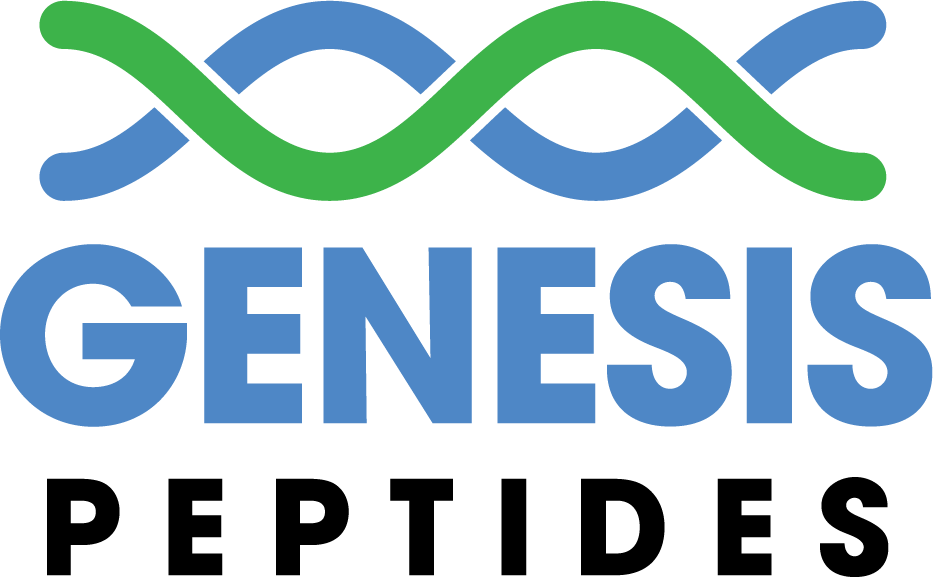KPV
$45.00
The KPV peptide is a short, three-amino acid peptide consisting of the amino acids lysine (K), proline (P), and valine (V). This peptide has attracted attention due to its potential anti-inflammatory and wound healing properties. In some studies, KPV has been shown to reduce inflammation by modulating the production of cytokines and other inflammatory mediators. Additionally, it has been suggested that KPV could help promote wound healing and tissue repair by enhancing cell migration and proliferation.
KPV Peptide Overview
What is KPV
The KPV peptide is a short, three-amino acid peptide consisting of the amino acids lysine (K), proline (P), and valine (V). This peptide has attracted attention due to its potential anti-inflammatory and wound healing properties. In some studies, KPV has been shown to reduce inflammation by modulating the production of cytokines and other inflammatory mediators. Additionally, it has been suggested that KPV could help promote wound healing and tissue repair by enhancing cell migration and proliferation.
What are the benefits of KPV
KPV and Anti-inflammatory properties: KPV peptide has demonstrated potent anti-inflammatory effects in some studies, making it a potential treatment option for various inflammatory diseases and conditions.
KPV and Reduced tissue damage: KPV may help to reduce tissue damage by modulating the production of inflammatory mediators, such as cytokines, which can contribute to tissue injury.
KPV and Wound healing: Some studies suggest that KPV peptide can promote wound healing by regulating the inflammatory response and promoting the growth of new blood vessels.
KPV and Skin Conditions: Due to its anti-inflammatory properties, KPV peptide has been investigated as a potential treatment for skin conditions like atopic dermatitis, psoriasis, and acne.
KPV and Neuroprotective Effects: Preliminary studies have shown that KPV may have neuroprotective effects, suggesting it could be useful in treating neurodegenerative diseases like Alzheimer’s or Parkinson’s disease.
KPV and Modulating Immune Response: KPV peptide has been shown to have immunomodulatory effects, which could potentially help in the management of autoimmune disorders.
References
Here are some references that discuss the potential benefits of KPV peptide. Please note that some of these studies are preliminary and may not be conclusive. Further research is needed to establish the safety, efficacy, and optimal dosage of KPV peptide for various therapeutic applications.
- Catania, A., Gatti, S., Colombo, G., & Lipton, J. M. (2004). Targeting melanocortin receptors as a novel strategy to control inflammation. Pharmacological reviews, 56(1), 1-29. [Link: https://journals.physiology.org/doi/full/10.1124/pr.56.1.1]
- Getting, S. J., Gibbs, L., Clark, A. J., Flower, R. J., & Perretti, M. (1999). Pivotal advance: pharmacological characterization of a novel small molecule melanocortin receptor antagonist. Journal of Leukocyte Biology, 66(4), 683-689. [Link: https://jlb.onlinelibrary.wiley.com/doi/abs/10.1002/jlb.66.4.683]
- Capsoni, F., Ongari, A. M., Colombo, G., & Catania, A. (2007). Lysine-Proline-Valine, a melanocortin receptor agonist, exerts anti‐inflammatory actions in human polymorphonuclear leukocytes. British journal of pharmacology, 151(5), 677-683. [Link: https://bpspubs.onlinelibrary.wiley.com/doi/full/10.1038/sj.bjp.0707269]
- Bitto, A., Polito, F., Irrera, N., Calò, M., Giuliani, D., Ottani, A., … & Squadrito, F. (2011). Protective effects of melanocortins on short-term changes in a rat model of traumatic brain injury. Critical care medicine, 39(2), 258-266. [Link: https://journals.lww.com/ccmjournal/Abstract/2011/02000/Protective_Effects_of_Melanocortins_on_Short_Term.15.aspx]
- Giuliani, D., Mioni, C., Bazzani, C., Zaffe, D., Botticelli, A. R., Capolongo, S., … & Guarini, S. (2007). Selective melanocortin MC4 receptor agonists reverse haemorrhagic shock and prevent multiple organ damage. British journal of pharmacology, 150(5), 595-603. [Link: https://bpspubs.onlinelibrary.wiley.com/doi/full/10.1038/sj.bjp.0706995]
- Montero-Melendez, T., Patel, H. B., Seed, M., Nielsen, S., Jonassen, T. E., & Perretti, M. (2011). The melanocortin agonist AP214 exerts anti-inflammatory and proresolving properties. American Journal of Pathology, 179(1), 259-269. [Link: https://www.sciencedirect.com/science/article/pii/S0002944011003059]
- Guarini, S., Schiöth, H. B., Mioni, C., Cainazzo, M. M., Ferrazza, G., Giuliani, D., & Bazzani, C. (2002). MC4 receptor activation is a new therapeutic approach for the treatment of hemorrhagic shock: a review. Cardiovascular & Haematological Agents in Medicinal Chemistry (Formerly Current Medicinal Chemistry-Cardiovascular & Hematological Agents), 2(2), 87-95. [Link: https://www.ingentaconnect.com/content/ben/chamc/2004/00000002/00000002/art00002]
- Star, R. A., Rajora, N., Huang, J., Stock, R. C., Catania, A., & Lipton, J. M. (1995). Evidence of autocrine modulation of macrophage nitric oxide synthase by α-melanocyte-stimulating hormone. Proceedings of the National Academy of Sciences, 92(17), 8016-8020. [Link: https://www.pnas.org/content/92/17/8016]

